Ancient/Now - June 26th
Archaeologists' complicated relationship with Indiana Jones, baking bread from ancient yeast, reconstructing ancient Egyptian furniture and more
Archaeologists’ complicated relationship with Indiana Jones
According to Harrison Ford, Indiana Jones and the Dial of Destiny will be Indiana Jones’ last cinematic adventure. Will archaeologists miss the way Indiana Jones sparks people’s interest in archaeology, or will they let out a sigh of relief that this fictional treasure hunter is finally retiring? Christopher Heaney, whose father was an anthropologist, writes in The New Yorker,
As a self-righteous American archeologist whose playground was other people’s history, Indy always seemed destined for an exhibit in the American Museum of Pop Culture. But, now that he’s finally being measured for his display case, what should our response be? Good riddance or a fond farewell?…Archeologists tend to swing between thanking Indy for attracting popular interest in their field and protesting that his fiction leaves an inaccurate impression.
The article goes on to assert that some of the racist and colonialist aspects of Indiana Jones’ adventures have direct real-life origins:
Yet even this fiction has its roots in nineteenth-century American anthropology. The more we delve into that field’s deep and recent past, the less escapist Indy becomes: he can remind us of harassment and abuse on digs and in graduate programs, exploitations of “native” communities and informants, and a history of racist theories about the “mysteries” of Indigenous cultural achievement—a trope that, zombie-like, keeps eating our brains like Ancient Aliens….Indiana Jones’s museum label might work best as an epitaph for a brand of American anthropology and pseudo-archeology in which white men crashed their way through other people’s bodies and histories.
Heaney, who bonded with his anthropologist father through the movies, balances the “problematic” aspects of Indiana Jones’ stories with Indy’s heart and humanity as a character, which has drawn people to those movies and made them well-loved movie classics. Archaeologists will always have a complicated relationship with Indiana Jones, but few would deny the influence of storytelling and imagination in sparking their own interest in archaeology. And yet we can see how much politics have changed when Indiana Jones’ famous line “That belongs in a museum” smacks of so many years of colonial theft.
NEW Podcast Episode: “1000 Bread, 1000 Beer: Reconstructing Ancient Bread with Dr. Serena Love”
In our latest episode, Kara and Jordan meet with Dr. Serena Love to discuss her ongoing work with Seamus Blackley on the collection of ancient yeast from ancient bread molds from the Boston Museum of Fine Art and the reconstruction of ancient bread making techniques. How does one collect ancient yeast without contamination? What can be learned through experimental archaeology? And most importantly, what did ancient bread taste like?! Well, we are here to tell you that it tastes damn good, and much lighter than you would expect.
About Dr. Serena Love
Serena is an anthropological archaeologist with 30 years’ experience working in Egypt, Turkey, Israel, Iraq and most recently in Australia. She earned a PhD from Stanford University with a specialty in geoarchaeology and prehistoric architecture, where her research developed new methods for analysing mudbricks and theoretically blending phenomenology and archaeological science to reach innovative interpretations about social lives in the past. Serena’s publications have focused on symbolic landscapes in Egypt and the Neolithic site of Çatalhöyük in Turkey. Serena uses archaeology to connect the people of today with the people of the past and she is driven to constantly explore, learn and share the subject wherever possible.
Building an Ancient Egyptian Chair
We would like to share this post by woodworker Paul Bouchard on his Wooden Fossils blog which records his journey reconstructing this 18th Dynasty ancient Egyptian chair from the Brooklyn Museum’s collection. The ancient chair has no archaeological provenance—not uncommon, given that the chair came into the museum’s collection in the 19th century. The museum’s website notes the chair is “probably from Thebes, Egypt; before 1848, reportedly found in a house on the bank of the Nile opposite Thebes; 1848, collected in Egypt by Henry Anderson in Egypt who says that it was ‘discovered in the house of a peasant on the bank of the Nile, opposite Thebes.’" Not for the first time we wish that ancient objects could talk—what stories would this chair have to tell? The preservation of the chair suggests it was originally interred in a tomb as an offering to the dead; only (Theban) bone-dry spaces can preserve wood so well.
For more photos on Paul’s reconstructions of ancient Egyptian furniture and housewares, find him at @woodenfossils on Instagram.
What else were we reading this week?
Tetisheri - The last known pyramid for a queen in Ancient Egypt is back!
Black Artists Embrace Ancient Egypt. Egyptians Aren’t Happy About It.
Egypt Recovers Ancient Murals Smuggled from France in International Antiquities Case
Papyrus fragment found in Egypt could be from ‘oldest book ever discovered,’ experts believe
The Book of Esther as a Source for Achaemenian History
Ancient Britons built Stonehenge – then vanished. Is science closing in on their killers?
One more thing…
This will be our last regular weekly edition for the summer. Kara is heading off soon for a research trip to Europe, Jordan is already at work in Italy, and Amber is retreating to off-the-grid regions in America’s western national parks. Afterlives of Ancient Egypt will be pausing for the summer as well, but our regular biweekly podcasts and weekly Ancient/Now posts will return in mid-August after our summer hiatus.
Have a great summer!




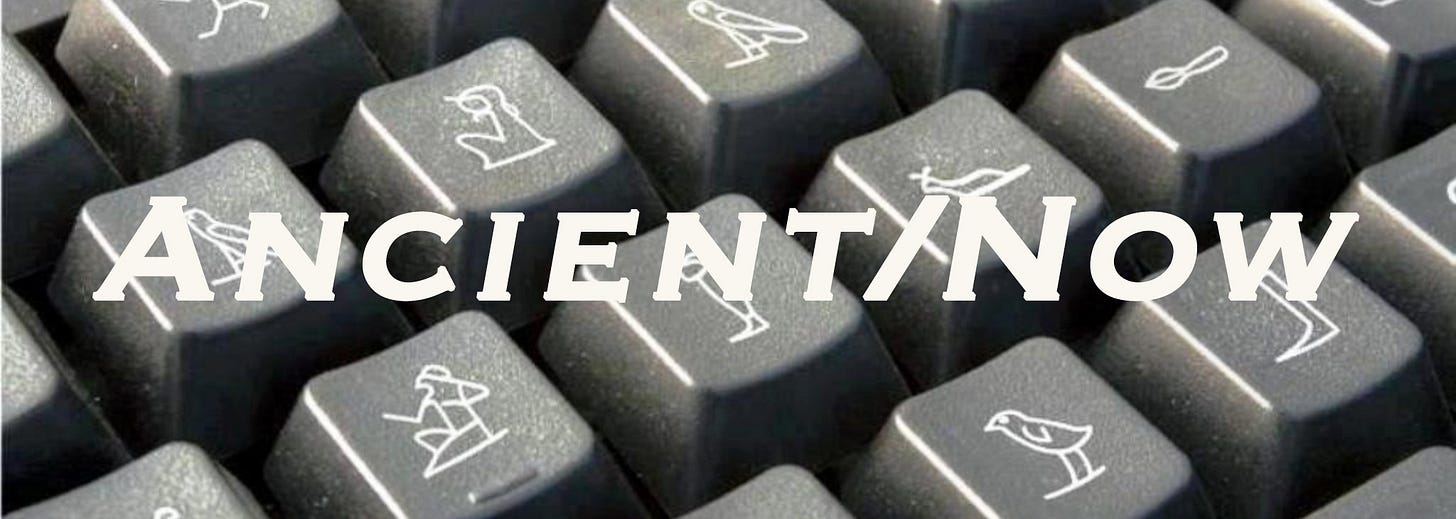
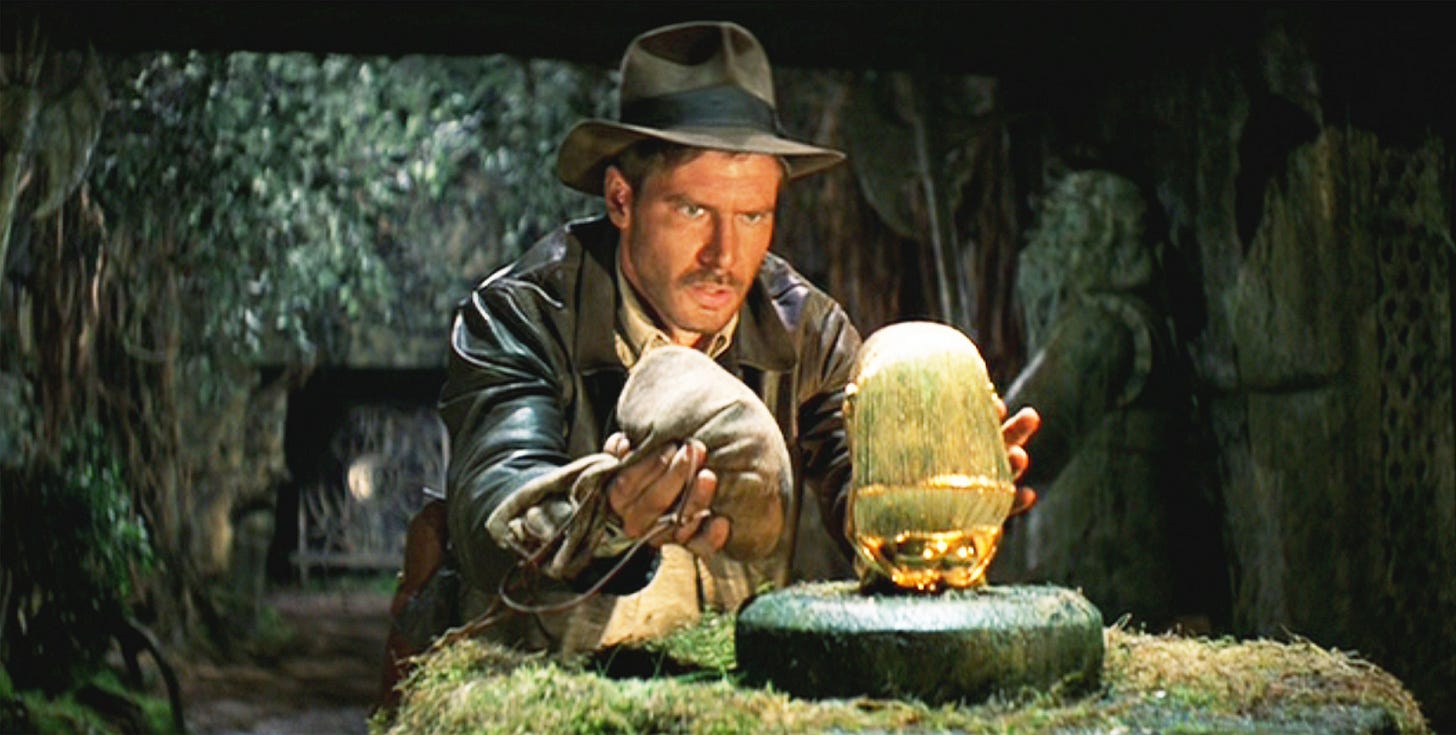
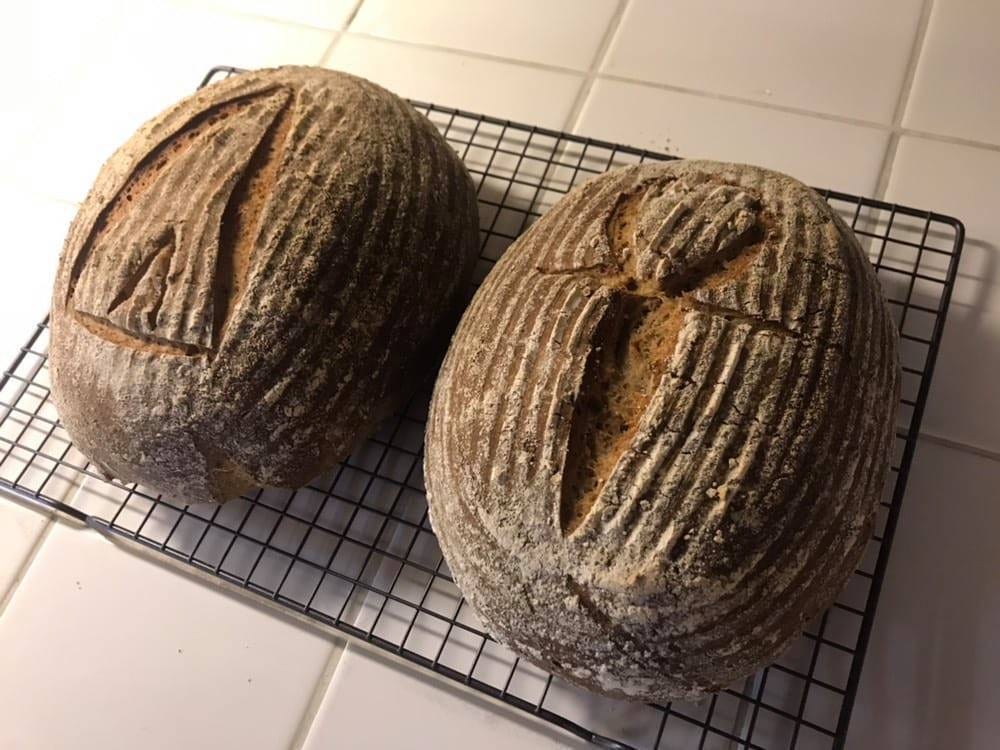
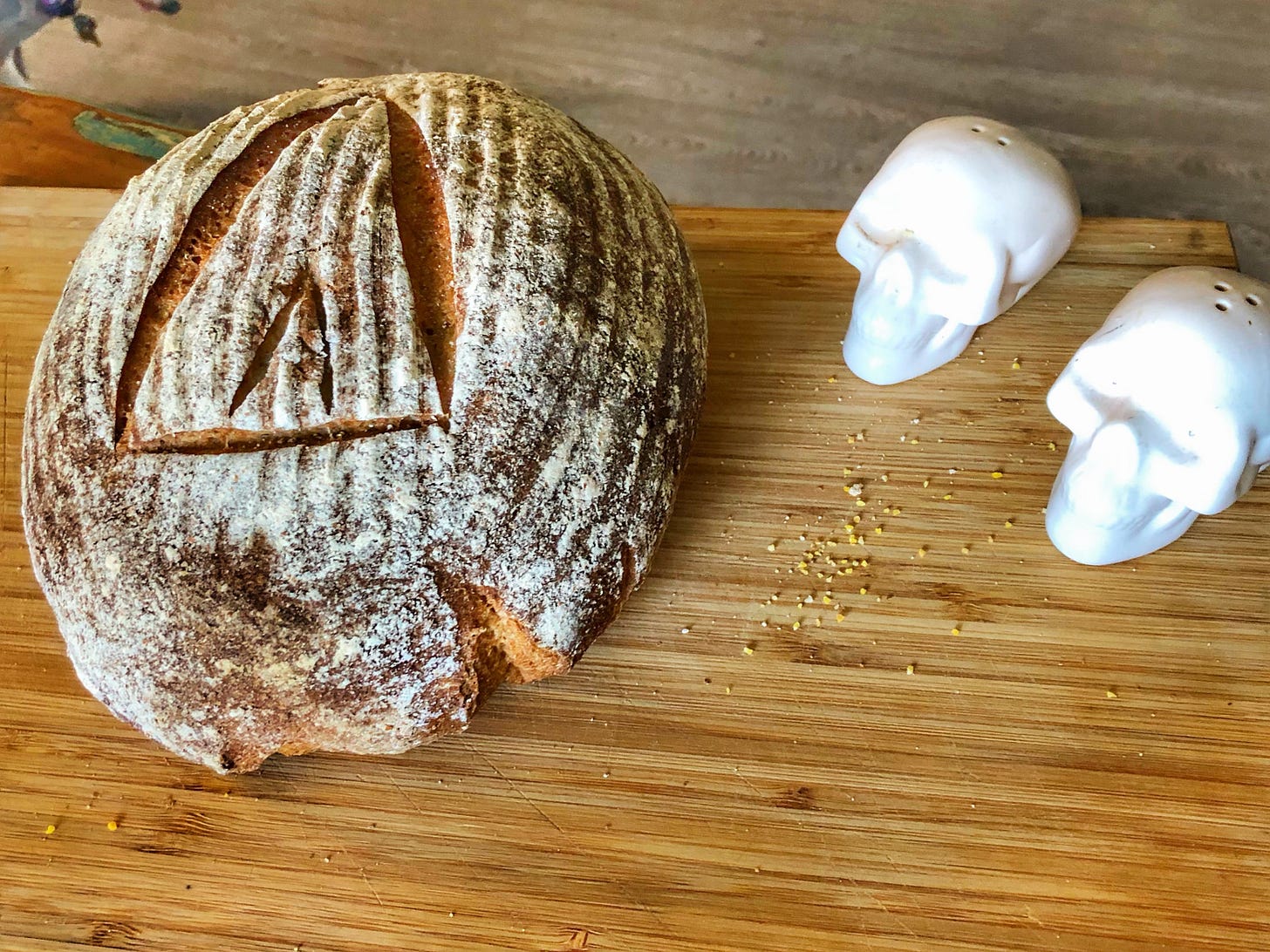
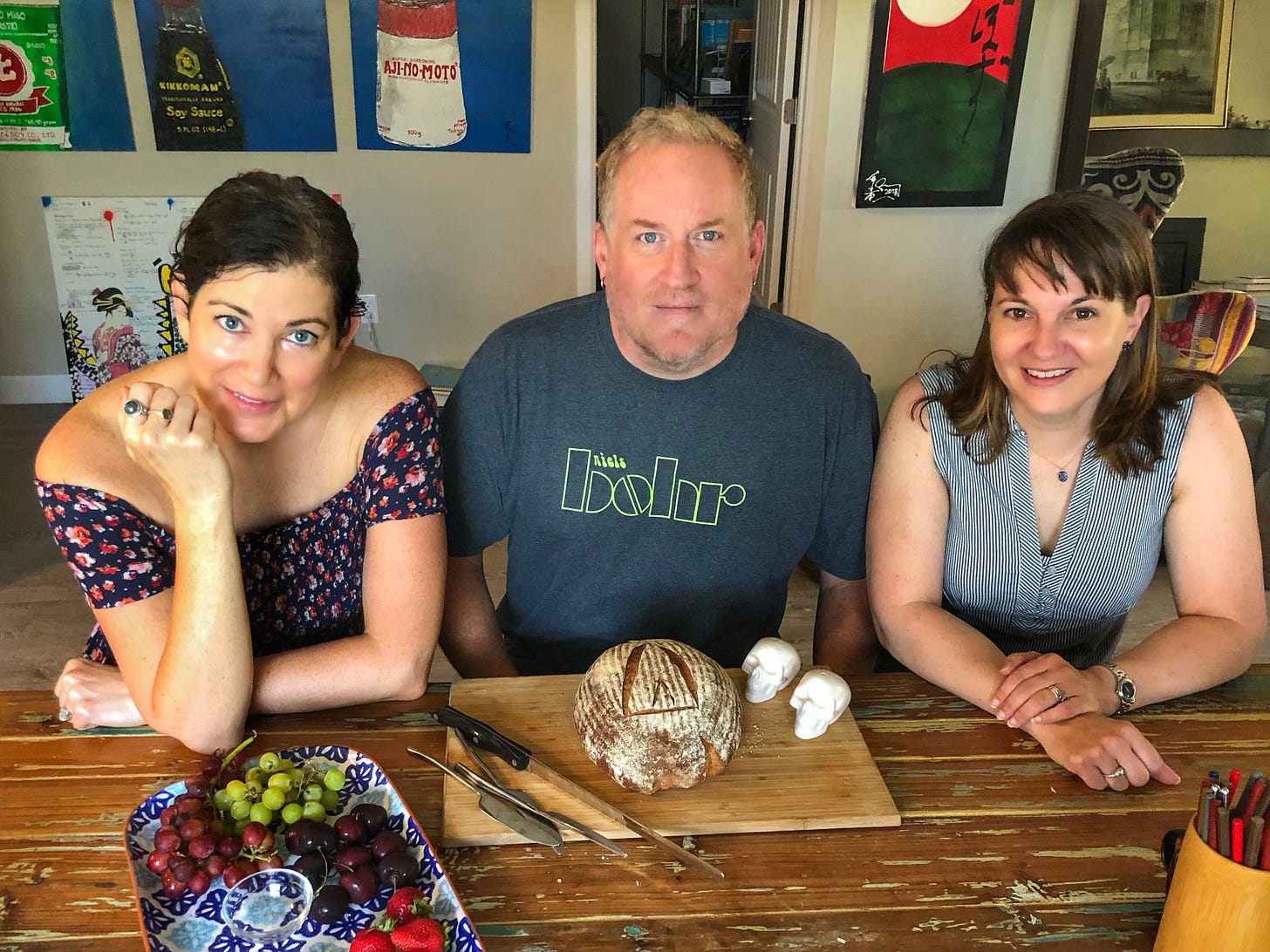

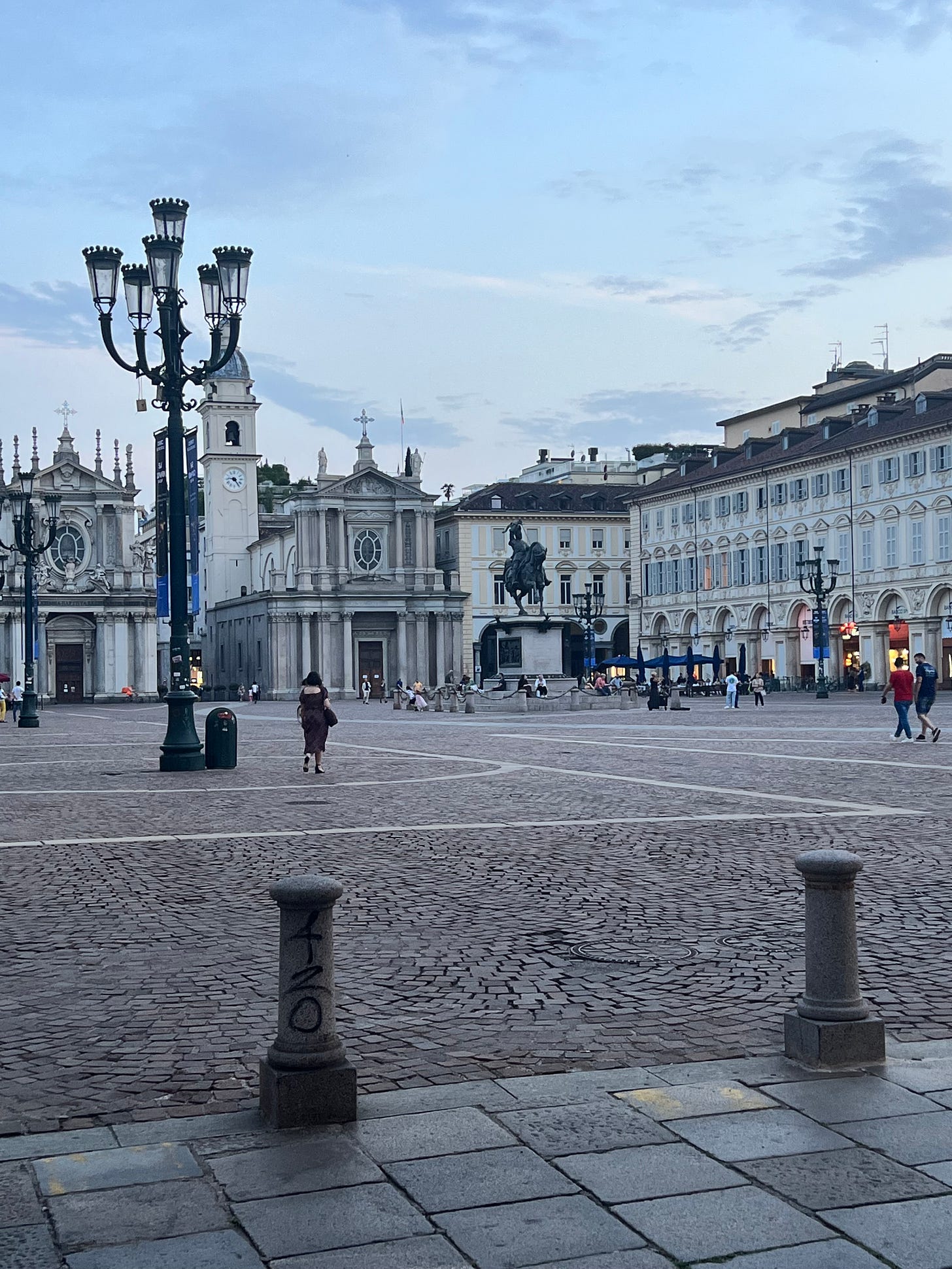
Thank you and have a good break!